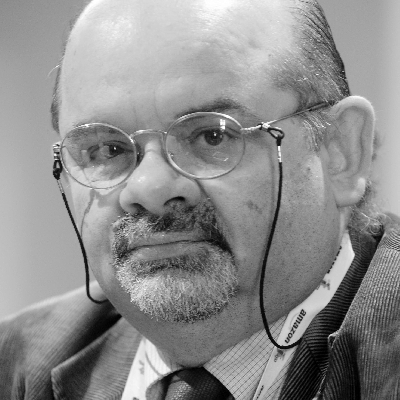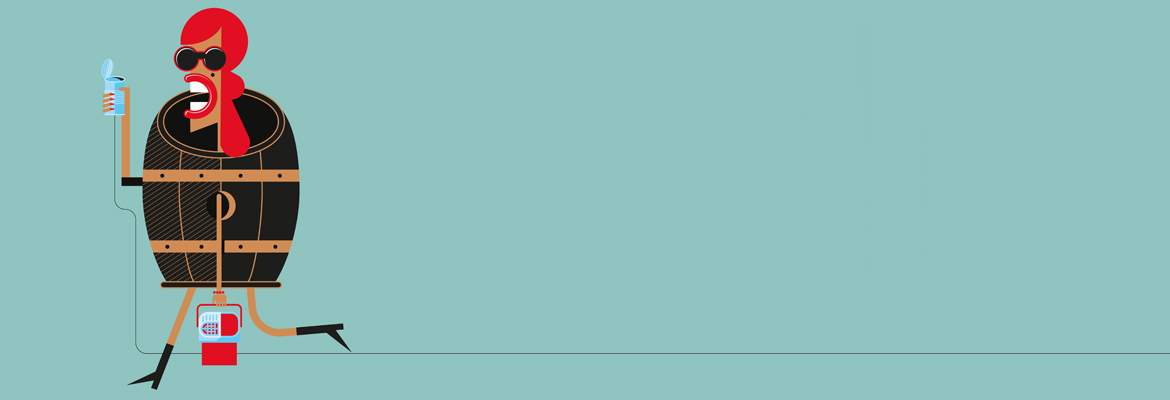Not all fibres were made equal. With regard to paper, we are used to “noble” wood-derived cellulose, that a few decades ago came from virgin sources, but over the last few years has been increasingly recycled – up to seven times – in percentages reaching 65%.
In Italy, because of the lack of forests suitable for this purpose, paper recycling has been an almost unavoidable solution. In order to increase the sustainability of the paper industry, new technological and scientific methods have been experimented.
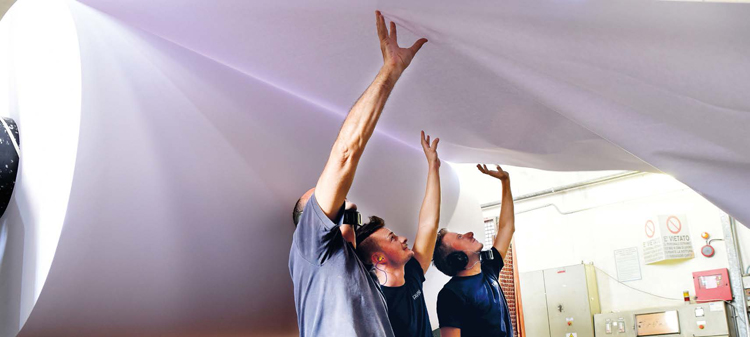
These are not just hypotheses, but well-established industrial processes that brought new products to market. This is what happened to Favini, a long-established paper factory dating back to 1736, whose products include three types of paper, featuring alternative materials as opposed to classic – virgin or recycled – cellulose fibre. Favini started exploring alternative “ingredients” 25 years ago. To be more precise at a time when, in order to produce paper, the company came up with the idea of using the huge amount of algae – present in the Adriatic Sea due to marine eutrophication – instead of traditional cellulose. Alga Carta – as the product was named – was a success. 10 years later, such smash repeated itself with Carta Crush, utilizing food processing by-products. “And the commercial as well environmental success,” as Eugenio Eger – Favini’s CEO – explains, “was not long in coming. Obviously, the time elapsed was necessary in order to find all those actors with a vested interest in the concept of matter recovery.”
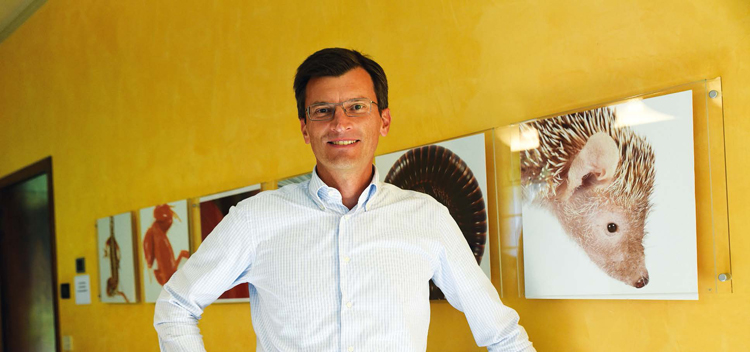 |
|
Eugenio Eger
|
Sustainable Use
Here, the replacement of tree-derived cellulose reaches 15% by using waste matter that otherwise would have been used to supplement animal fodder, as fuel for incinerators or sent to landfills. And the vast array of waste products used as raw materials ranges from coffee to corn, including cherries, hazelnuts, almonds, olives, kiwi, citrus fruits and lavender, all crops being GMO free. “Our intention was to introduce an all-around sustainability concept involving the whole production process,” Eger claims. “Besides recovering matter and the absence of GMOs, our products contain 30% of recycled fibre, boast an FSC (Forest Stewardship Council) certification, namely an independent international certification guaranteeing adequate and sustainable management of forests and product traceability) and are manufactured using 100% renewable energy.”
Considering the LCA (Life Cycle Assessment), all this produces a 20% reduction of CO2 emissions, without increasing the production costs, since the raw materials’ management is identical to that of quality paper obtained through traditional raw materials. But our target is to make a difference from a commercial viewpoint. Carta Crush – sold in 25 countries – is used to print leading companies’ sustainability reports. Such paper is also used for Veuve Clicquot’s packaging, that for its Naturally Line, decided to use a cardboard box obtained from 25% of grape pulp. So, here the medium becomes a communication vehicle for sustainability and this is no small thing.
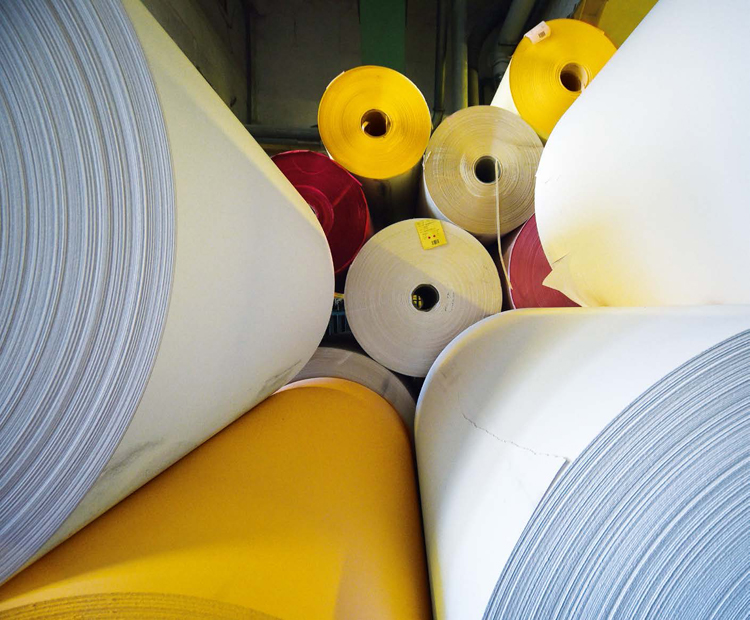
But the company’s reusing challenge does not stop here. Our readers holding the paper edition of this issue touch with their hands a truly unique product of its kind: a paper that is made with 25% of fibre derived from by-products obtained from leather processing, thus expanding the potential of reusing waste materials and achieving something that is more than just a qualitative leap. In this way, two different supply chains merge: the paper and leather industries. “The new paper, produced with an innovative mix between vegetable and collagen fibres, represent what we define upcycling, i.e. the creative reusing of waste material,” Eger says. “And this is the first result of our ongoing research and experimentation in the use of waste by-products obtained in the industrial processes other than the paper industry.”
From Waste to High-End Product
Remake – such is the name of the new paper – is made with waste of the leather industry using only leather obtained through vegetable tanning, to avoid heavy metal and chromium residues. This could encourage the leather industry to adopt greener and less polluting methods – producing a high-quality paper suitable for luxury packaging. “It is an important step for us involving the production process” Eger claims. “Leather contains a fibre that must bind together with the wood one, rather than acting as a filler as it happens with algae-derived flour or food waste. This is why leather should not be micronized, but defibrized, which constituted one of the most difficult challenges we faced in defining, to the best of our abilities, the production process.” The new paper is 100% recyclable and compostable, thanks also to the choice of “waste” from vegetable tanning only, while the content is derived 25% from the leather processing and the remaining 75% is obtained 30% from recycled cellulose fibre and 45% from virgin sources, both FSC certified.
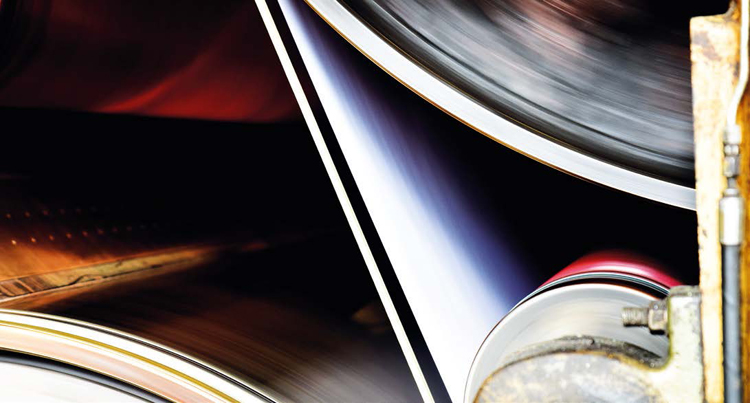
Communicating Sustainability
Through Remake, Favini’s objective is to offer support to sustainability communication to those who have recently embraced the world of ecology, first and foremost the fashion industry, with the Italian, German, French and Japanese markets being the leaders. Not to mention the Chinese market, which is sending interesting signals. The expected production volume should reach 150 tonnes in its first year, stepping up to 300 tonnes in its second. “It’s not just about the technological production aspect that we have mainly already dealt with during our industrialization and quality tests phase,” Eger concludes. “We are working on the product communication to place it correctly, with an evocative graphic image as well. Indeed, only too often those involved in the ecology field use only numbers, which as much as they are essential, do not take into account that innovative and sustainable economies, operations and lifestyles need to contain a strong empathic message in order to spread. Perhaps touching a sheet of paper produced in a different way can be the first step.
Carta Remake in numbers
- Leather industry waste 25%
- FSC-certified post consumer recycled cellulose 30%
- FSC-certified virgin cellulose fibre 45%
- FSC total 75%
- Expected production for the first year: 150 tonnes
- Expected production for the second year: 300 tonnes
Remake advantages
- 25% saving of virgin raw materials (cellulose from trees), which also implies energy use, air and water pollution and greenhouse gas emissions
- Elimination of waste disposal costs
- Introduction into the paper market of a material that enriches paper with better compostability characteristics
- Encouragement to abandon metals and chromium in the tanning industry, in favour of more eco-friendly systems
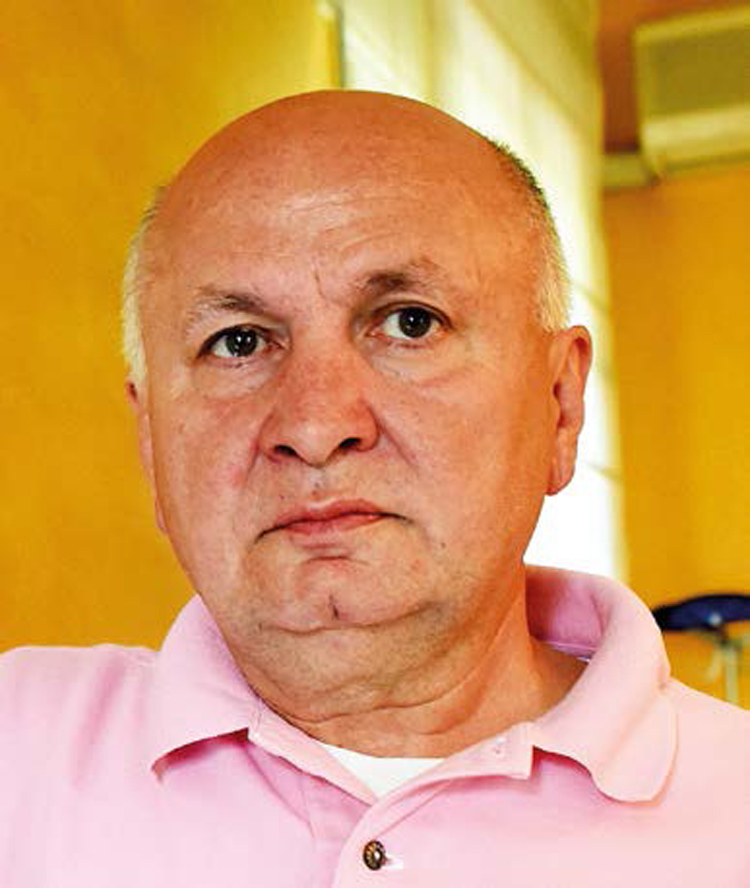 Interview with Achille Monegato, Favini’s R&D manager
Interview with Achille Monegato, Favini’s R&D manager
Paper Ethics
During our visit at Favini we met Achille Monegato – Research and Development manager – who has been with the company for the past 18 years and has worked in the paper industry for 27. We asked him a few questions on the types of paper made with waste-derived matter.
What is the rationale behind the creation of such types of paper?
“Basically we believe that there is more to ecology than recycling and that it is necessary to prepare for raw material shortage. From this perspective, Italy is very vulnerable, since we import 98% of virgin cellulose fibres. This is why we are convinced that it is necessary to research into new raw materials.”
So, you came to Remake – leather-derived paper – following this path?
“Yes, but, from an R&D point of view, saying that Remake is made from leather is not the whole story. Actually, this paper is made with collagen – a quaternary structure fibre – formed by about thirty different types of fibre twines. Such fibres are morphologically very similar to cellulose, and I reckon that this experience will pave the way for new fibre combinations.”
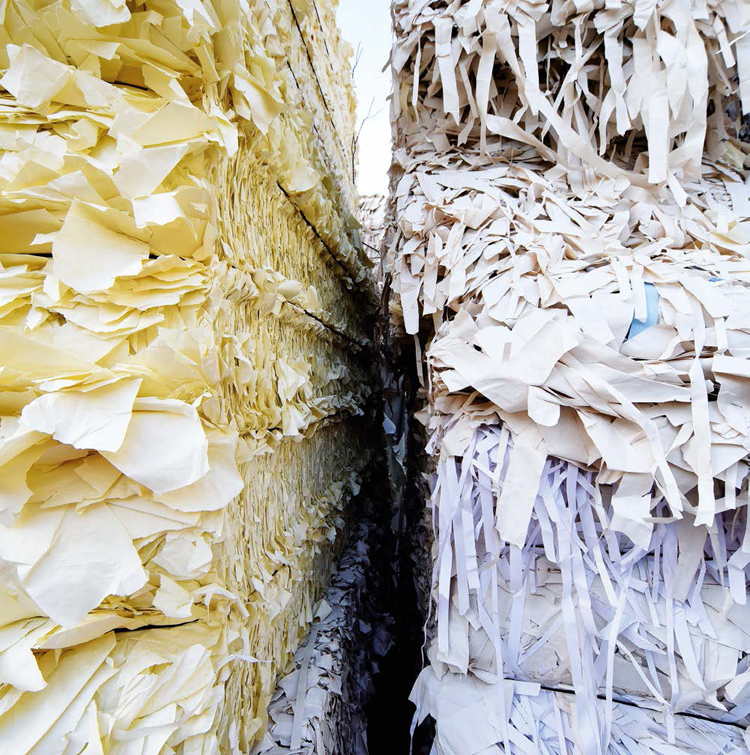
What kind of challenges did you encounter in this R&D activity?
“Essentially two. First, the research of raw materials, the by-product. Such research is divided in three steps: identification and production; transformation in order to make the raw material suitable; its usage in the production process. These are all issues to tackle in the R&D phase. Second, the cultural barrier leading us not to consider as raw materials things that were not seen as such in the past. It is a ‘psychological’ barrier that, once overcome, allows us to access a whole new realm of possibilities. As far as we are concerned it was a problem linked to a process culture that must be put aside in order to move forward in the direction of sustainability.”
How did you optimize the industrial processes for these new products?
“As to micronization, we introduced a new processing plant, so today the only challenge is to have dry material that does not deteriorate before its processing. While, as to leather, a defiberization plant was necessary. Our basic philosophy is that, once the product viability from a commercial point of view has been ascertained, all processes must be internalized.”
What are your R&D trajectories?
“We have two research trajectories, the new micronized materials and new fibres with two common denominators: total rejection to even consider materials for human consumption and the choice not to use GM crops. For instance, we did not consider soy because we did not have enough evidence that it was not free from GMOs, while we used Italian corn and bran because we can be sure they are. This has been particularly appreciated by Barilla in order to draw its sustainability reports and Accademia Barilla’s packaging used our Carta Crusca developed with their R&D department. So, ‘natural packaging’ bran from grain becomes packaging for pasta. Basically, bran as a natural shell protecting the grain enjoys a new life in a low-impact packaging, marking a second meeting between bran from packaging and Academia Barilla pasta’s durum wheat.”
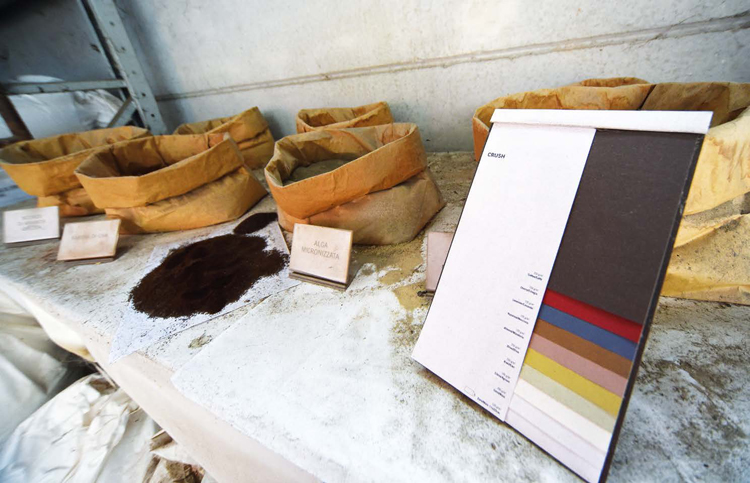
What new developments are in the pipeline? Are there still unexplored frontiers?
“Yes, as to the agribusiness waste by-products, we are still looking into at least ten possible sources, but we are not excluding industrial waste, such as rubber and glass. Urban waste collection is also another possible source that people in our sector may decide to use.”
What problem does the spread of such practices face?
“The underlying issue is still cultural. Until we are not able to see as resources what we currently consider waste, finding new opportunities will be complicated.”
Info
The graphic styles in the next pages are taken from Remake’s promotional booklet, developing creative reusing, waste and by-products “up-cycling”.
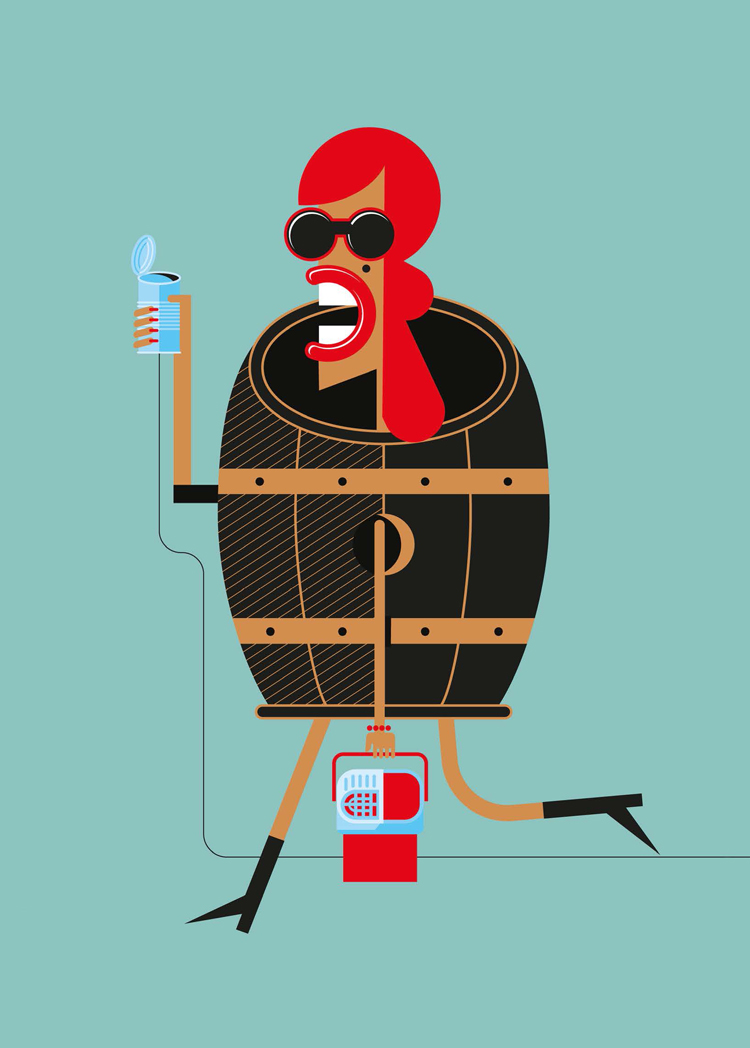 |
|
|
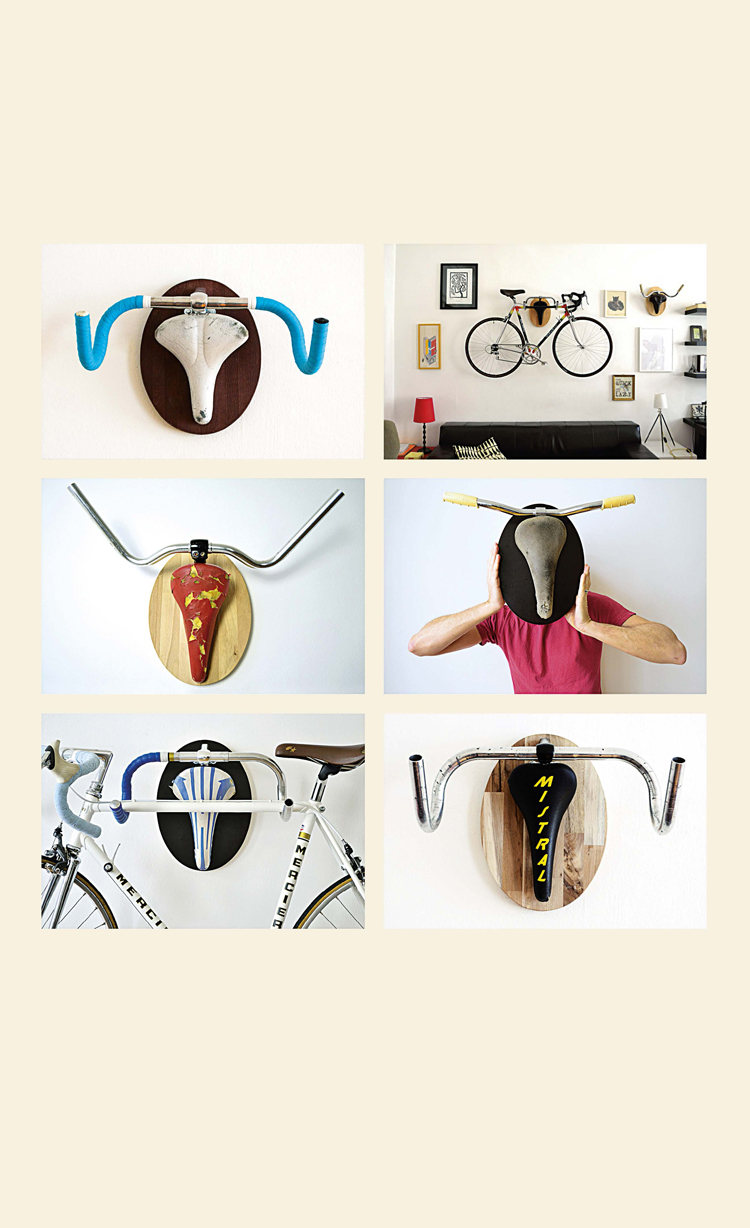 |
|
|
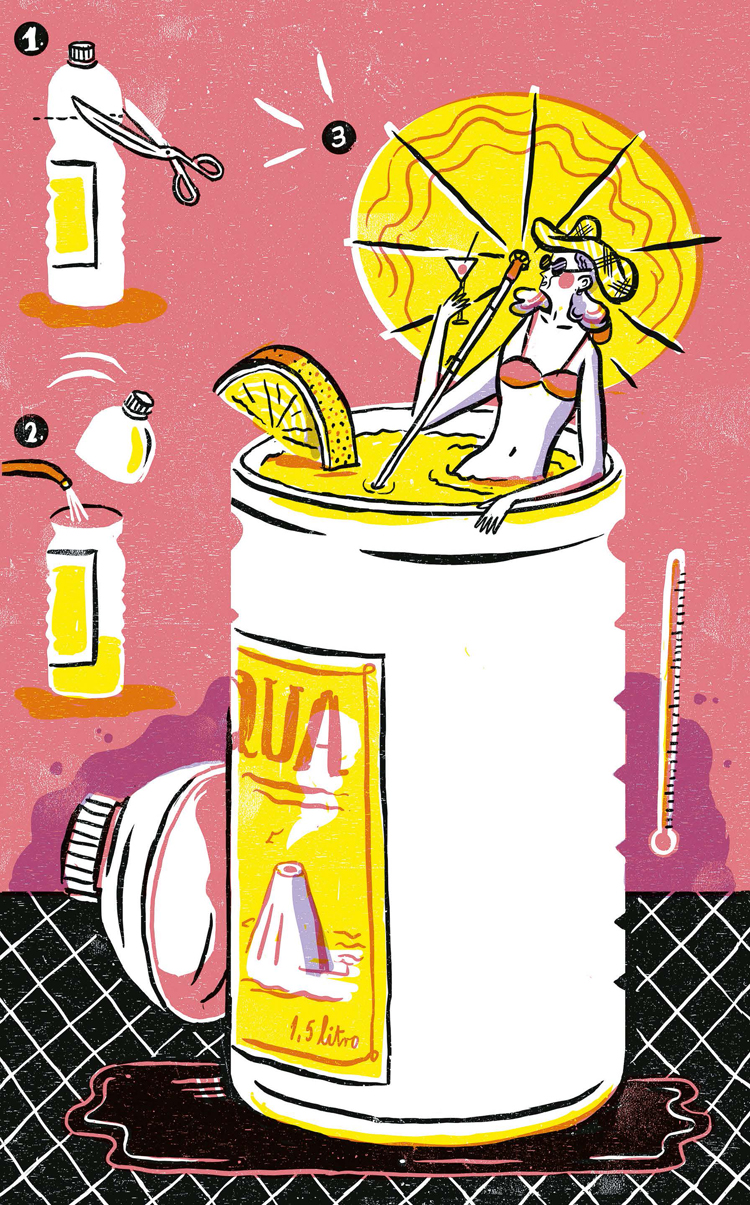 |
|
|
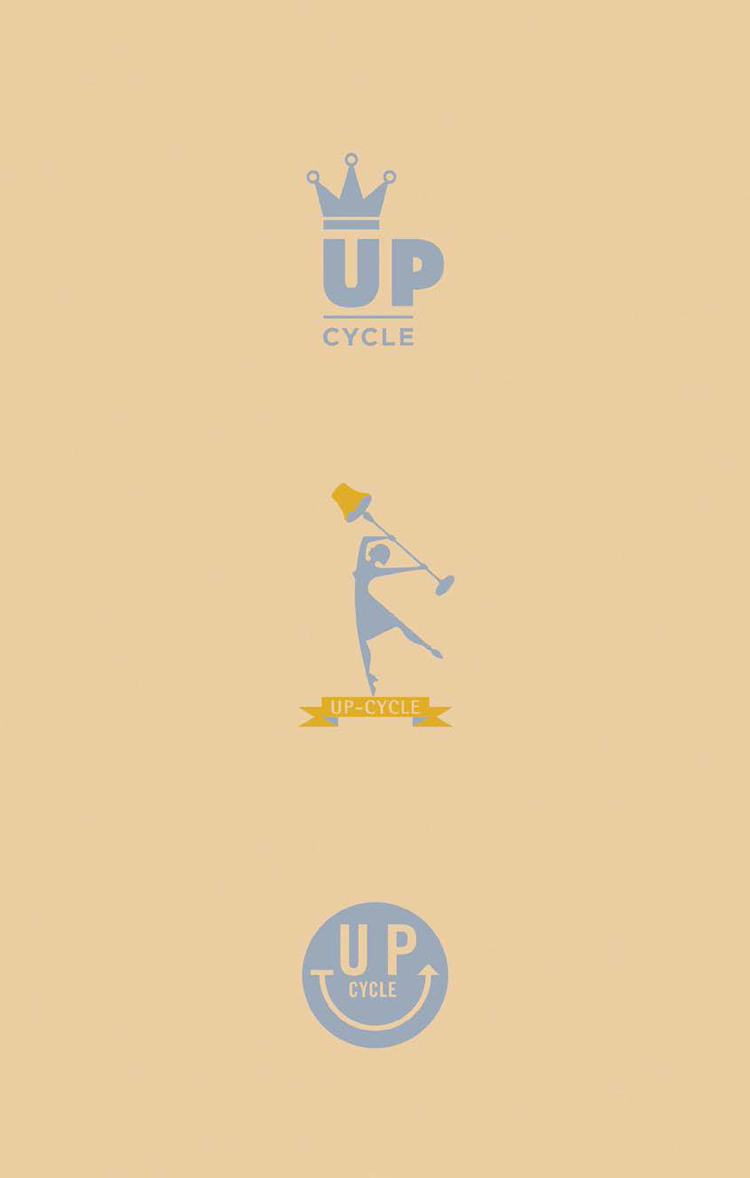 |
|
|
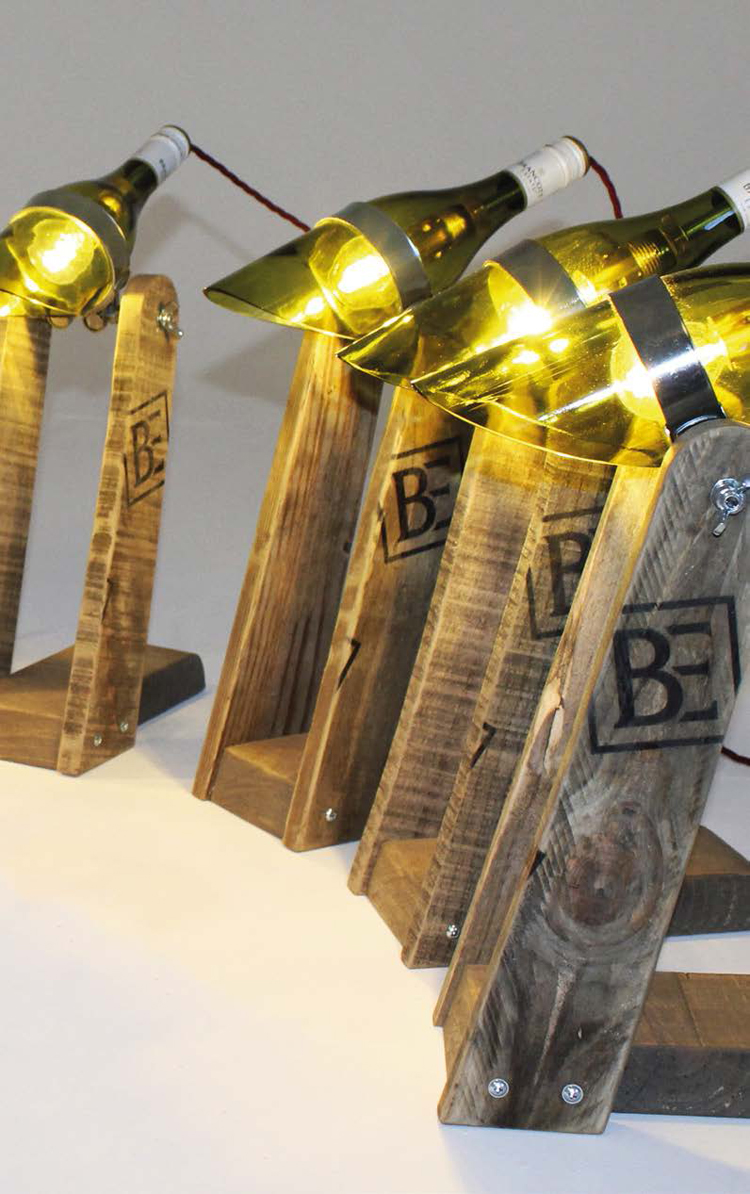 |
|
|
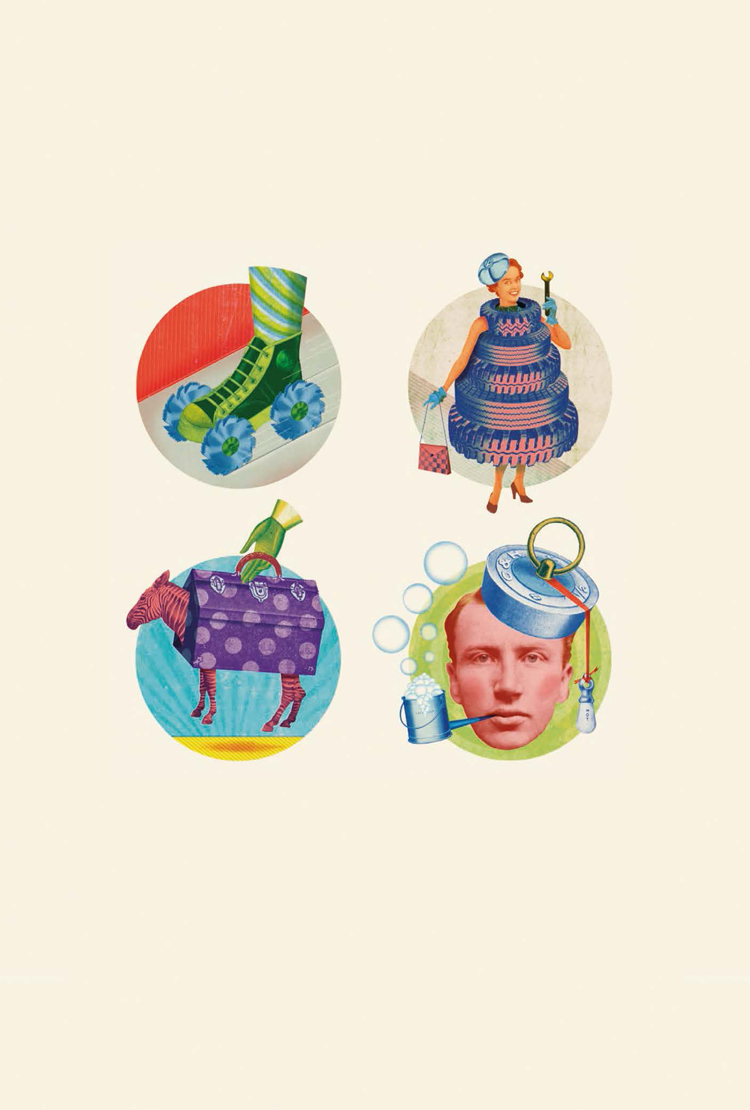 |
|
|
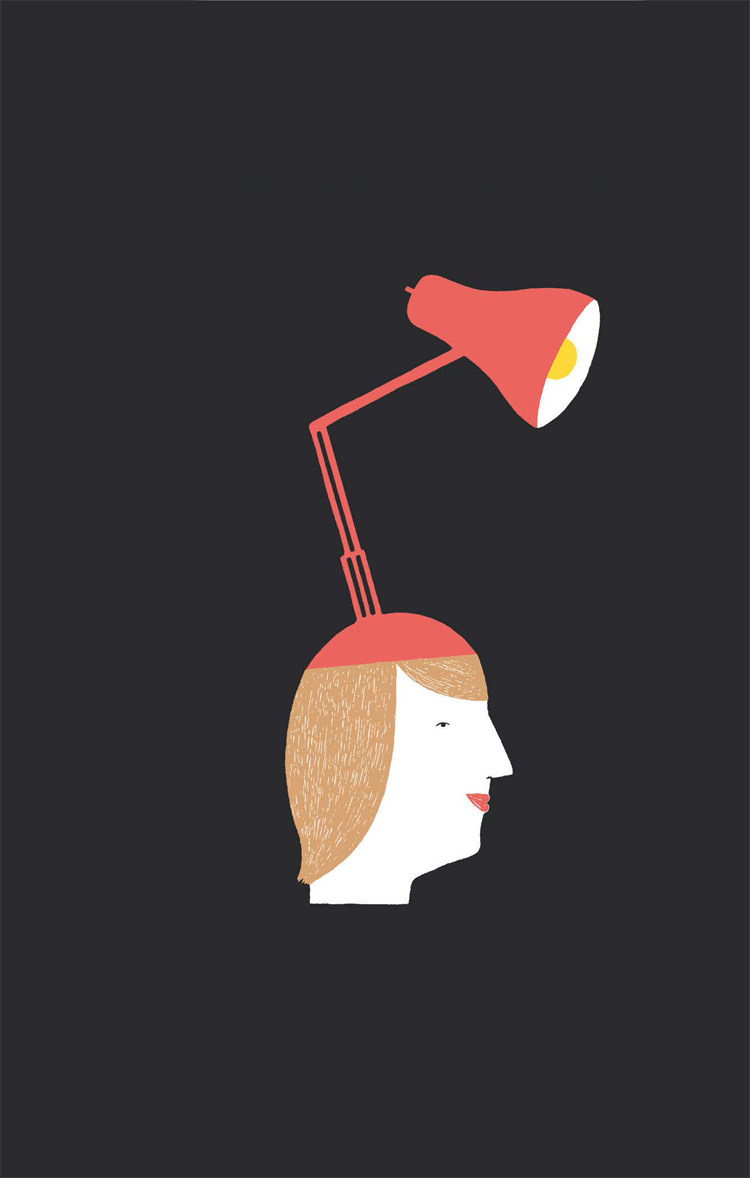 |
|
|
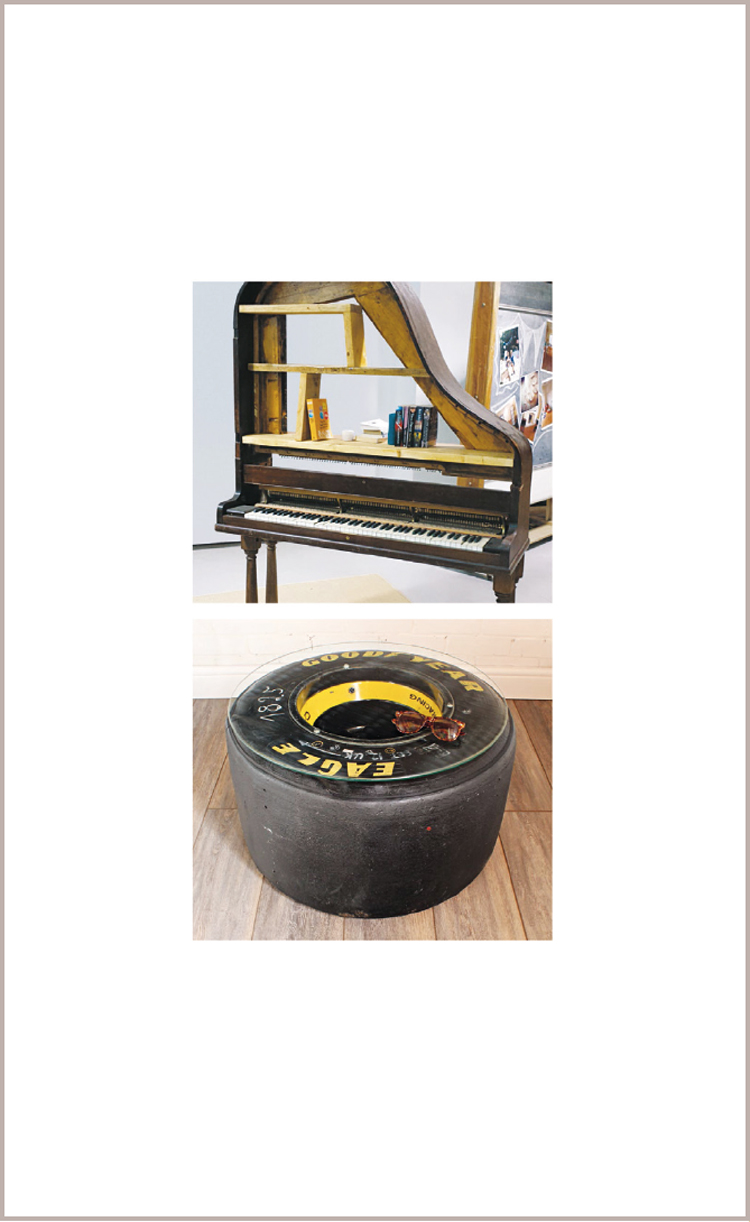 |
|
|
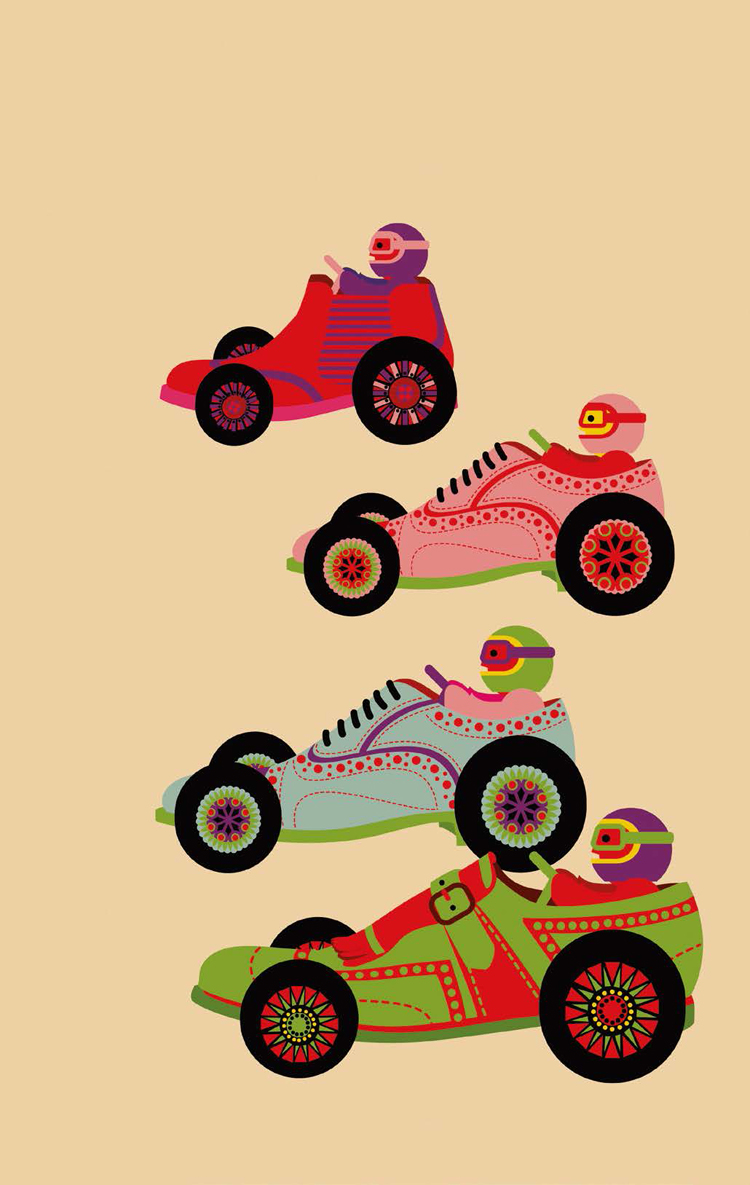 |
|
|


